Based on RIPE Atlas measurements, we can illustrate if paths between different networks in a given country stay in that country. We can also provide sketches of interconnections between networks in that country. In this article we look at the situation in Bosnia and Herzegovina.
Viewing Bosnia's Internet Paths
We provide a number of visualisations based on RIPE Atlas measurements that show the Internet ecosystem of a country - in this case Bosnia and Herzegovina.
Mapping Traceroutes
When looking at the results of traceroute measurements between all networks in Bosnia that host a RIPE Atlas probe, we get a picture that shows the usual paths between those probes. In Figure 1 below, you can see that many paths from one probe in Bosnia to another probe in Bosnia pass through other countries before coming back to Bosnia. This could be caused by configuration errors, but also by conscious decisions.
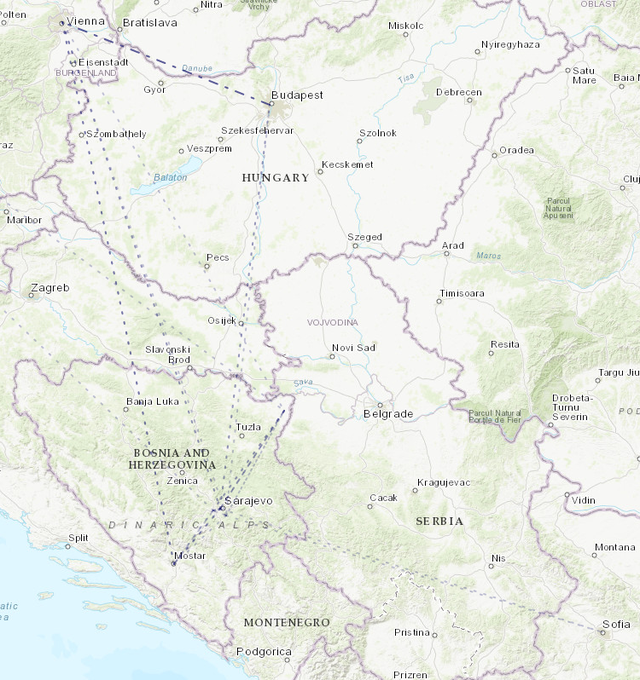
Figure 1: Paths (over IPv4) between RIPE Atlas probes located in Bosnia
Inside- vs. Outside-Country Paths
Another view gives us a matrix that shows all possible paths between RIPE Atlas probes in Bosnia. In Figure 2 below you can see probes in six networks connecting to each other. The colour indicates whether the path stays within the country (turquoise) or leaves the country (beige).
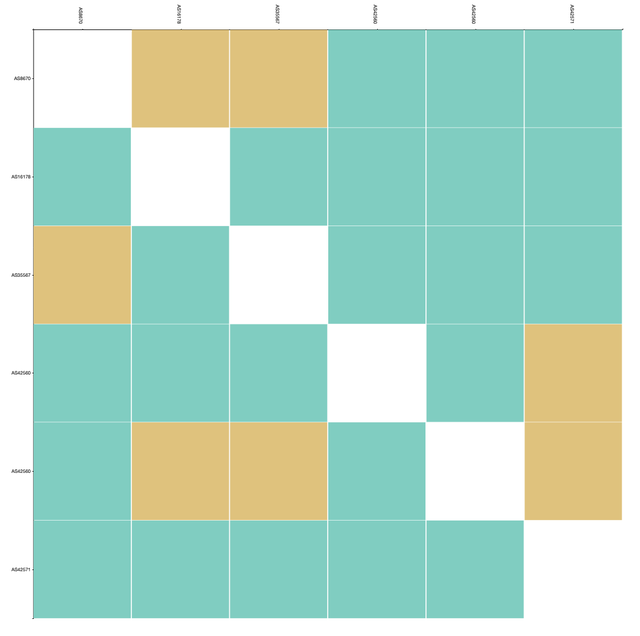
Figure 2: Paths between networks in Bosnia and Herzegovina that host RIPE Atlas probes (turquoise = paths stay within the country; beige = paths leave the country)
By using this tool interactively, you can investigate if you can possibly optimise the routing of your networking within Bosnia.
User-to-User Fabric in Bosnia
Another representation of the same data explores the different ways in which end-users are interconnected within one country: the peer-to-peer fabric. This tool can illustrate several things: the distribution of users (i.e. the market coverage of providers), the networks that are in between (transit providers or IXPs) users, and if those networks are inside or outside the country. In Figure 3 below you can see that we did not detect an IXP in Bosnia. Instead, all paths go though transit networks (blue dots).
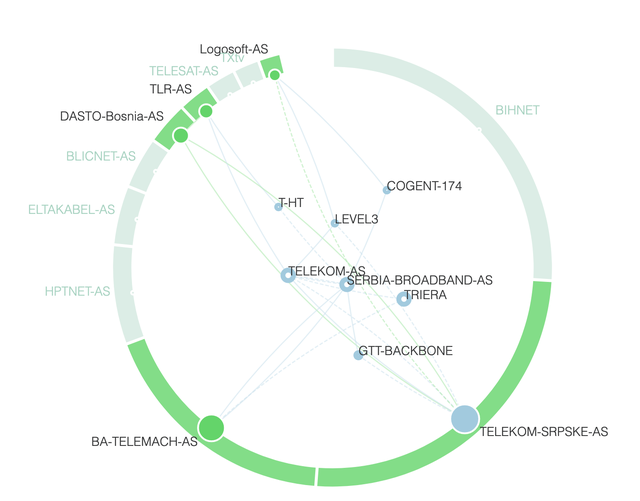
Figure 3: The user-to-user fabric in Bosnia and Herzegovina
You can also see that there are a number of networks that don't have any RIPE Atlas probes (the light green sections of the circle).
Also this tool can be used interactively and shows how the interconnection scenario in a country changes over time. You can read more about the methodology in this RIPE Labs article.
Calls to Action
- If you are a network operator, we invite you to try out these prototype tools to optimise your routing (and please let us know if you have new feature requests)
- If you are a software developer, we would love to get your help in improving these tools : they are FLOSS (free/libre and open source software), they are available on GitHub and we welcome your pull requests!
- If your network is NOT visible in these illustrations, that means that you should either activate your RIPE Atlas probe - or you can apply to host one.
If you want to ask us any questions about any of these measurements or actions: atlas@ripe.net
This article is based on the presentation How Do Users Interconnect? Visualising Internet Paths at the South East Europe (SEE) meeting in Sarajevo, April 2019.

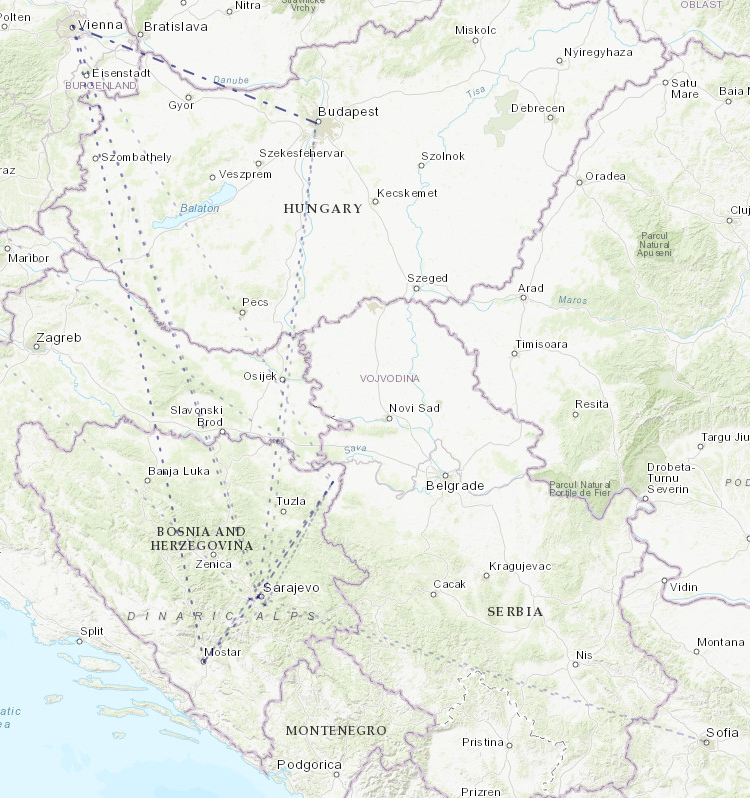
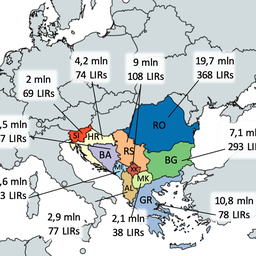

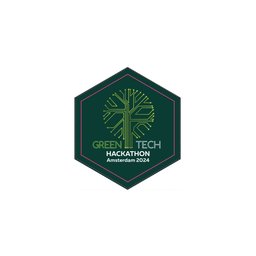
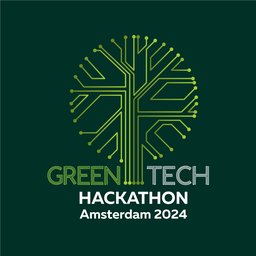
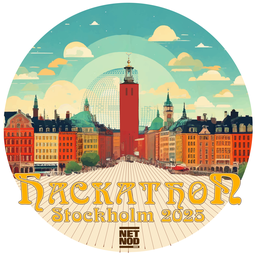
Comments 0
The comments section is closed for articles published more than a year ago. If you'd like to inform us of any issues, please contact us.